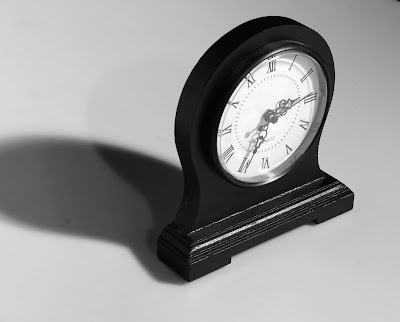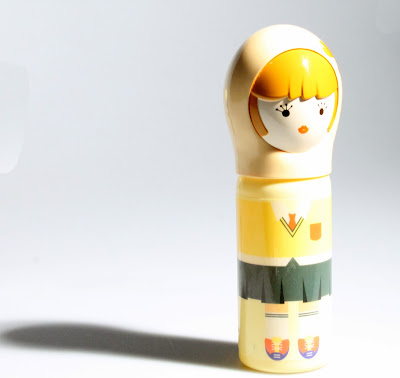Eddsworld is a youtube channel which posts short animations about 3 main characters in a day of their life. The main characters, Edd, Matt and Tom, all have different personalities which aids the humour of the animations. Edd Gould makes his animations through the use of the program Adobe Flash and Photoshop, this can be seen through the digital illustrations and movements of the characters.
I love the animations of Eddworld, through the amazing short stories that are matched with great humour and simple illustrative style that attracts an older audience, 12 +. A younger audience would not be suitable through some scary images, for example the zombies in 'Zombeh Nation', and the character design. ( A younger audience needs a clear objective, cute drawn young aged character and repetition of the objective with bright and pastel colours). The use of the digital program used to create the animation works well in this short as the characters movements are smooth and change to the next action point easily with out any jagged movement.
In this particular episode Edd and Tom decide to build another floor for all of Matts collection of bits and pieces, and instead of hiring builders, they try to do it themselves. As they begin to build, their neighbours mock them with their extension they built last week. Matt is given the task to buy nails, but buys everything but nails... After the roof has been built and built again, Matt is able to move his stuff into the attic, however when he goes to sleep, he gets attacked by something in the darkness...To be continued in part 2!
In part 2 of the video, Edd and Tom go up to Matts room and discover that Matt has tided his room and Matt has been possessed. After an argument between Matt and the demon, the demon retreats back into the house, not letting anyone else back in. Desperate they ask the neighbours for help but get laughed at instead, then the demon knocks down the neighbours extension, which was actually a cardboard cut out.
The trio go head first into the house and reason with the demon after a beating from the spirit. The demon realises that he is actually haunting the wrong house and haunts the neighbours instead.



















































